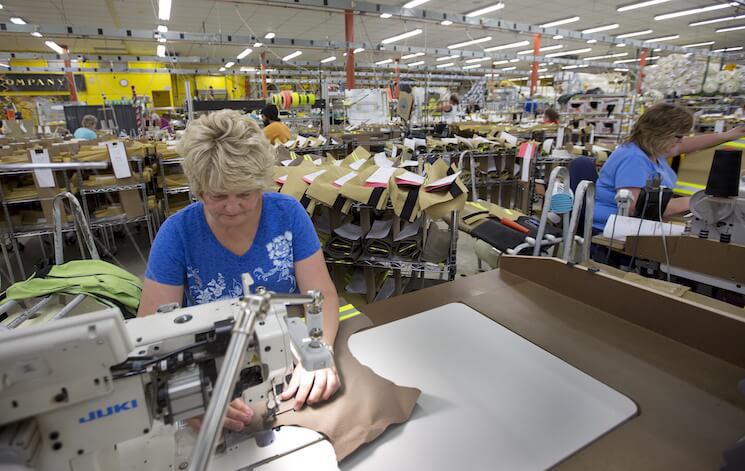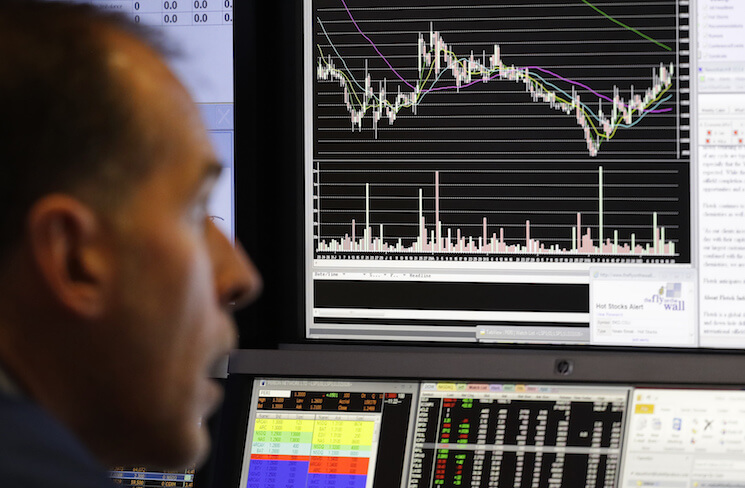
The most important source of income for most families is earnings from work. If the firms where they work are subject to fluctuations in revenue, and if these fluctuations are passed on to workers through a shift in their earnings, families could experience a significant volatility in income. Income instability—how much incomes fluctuate up and down over time— has grown significantly over the past few decades, making it difficult for millions of families to plan financially for the future.
Given the concern that Americans may now be subject to greater financial risk and economic insecurity, a new paper by Chinhui Juhn of University of Houston and her coauthors investigates whether changes in market demand faced by employers are important sources of volatility in workers’ earnings, or are workers insulated from these shocks?
The researchers’ results suggest that most firms try to insulate workers from shocks to firm performance. Workers in the bottom fifth of earners within a firm are the most “insured” against firm-level shocks while the top 5 percent experience more volatility, probably because performance pay incentives outweigh insurance concerns for higher-paid workers.
By using a set of firm-level revenue data linked to administrative records on employee earnings and characteristics for the United States, the researchers examine the extent to which shocks to firm performance influence change earnings for workers who stay on the job. Do firms actually shield workers from financial risk, providing both employment and insurance?
The authors find that the extent to which worker earnings are insulated varies by the size of the change in revenue, the type of worker, and the type of industry. Interestingly, changes in earnings vary by relative rank of a worker in the firm. The highest paid workers (the top 5 percent of earners) have the greatest earnings volatility among continuing workers or “stayers.” Some economists posit that this relationship is a feature of performance pay, rent sharing, or the shift to bonus pay.
The literature on performance pay suggests that workers who have large and direct impacts on firm performance face the largest trade-offs between having wages that are tied to firm revenues, which incentivizes hard work, and having “wage insurance” that reduces risk through consistent pay regardless of firm revenues. Ideas about performance pay are similar to the rent-sharing hypothesis, which contends that firms share excess profits with their workers in the form of higher relative wages. Diego Comin of Dartmouth College, Erica Groshen of the U.S. Bureau of Labor Statistics and Bess Robin of the Federal Reserve Bank of New York find that the relationship between firm and average wage volatility has been more positive over time. They attribute this to a shift in the composition of jobs toward those with bonus pay. But the measure of average wage volatility here masks the variation in worker characteristics.
Juhn and her coauthors find that higher-wage workers in manufacturing and professional services are the ones who experience the most volatility in earnings. Revenue fluctuations to a manufacturing firm have an insignificant effect on the bottom 20 percent of its workers, but the top 5 percent of that firm’s workers do have a positive elasticity of nearly three percent. That is, their wages will respond to a 10 percent gain (or loss) in firm revenue by moving up (or down) by 3 percent. The pattern is more pronounced for professional service firms. A 10 percent change in their revenue has no effect for the bottom 20 percent of workers’ earnings, but for the top 5 percent of workers, wages will respond to shocks at a rate of 9 percent.
One limitation of the study is that it focuses solely on workers who continue to be employed at the same firm after the demand shock. Unique shocks to firm outcomes can potentially affect the earnings volatility of those who stay, yet they also affect the likelihood that employees stay at their current job. The lack of movement in earnings for the bottom fifth of workers may be a result of a drop in employment or layoffs rather than the firm providing full “wage insurance” to its workers.
The researchers see the small estimates of performance transmissions to workers’ earnings as supporting the claim that firms are partially insuring their workers and insulating employee wages from shocks to the demand they face. For the workers who stay, being able to anticipate earnings can be enormously important, especially low-wage workers who lack the tools and resources to deal with unstable earnings.
But the authors also note that shocks to local labor markets or employment may in fact be more important than firm performance to workers’ earnings volatility, suggesting that whether or not a worker is still employed may matter more for maintaining a stable income than changes in firm revenue.




